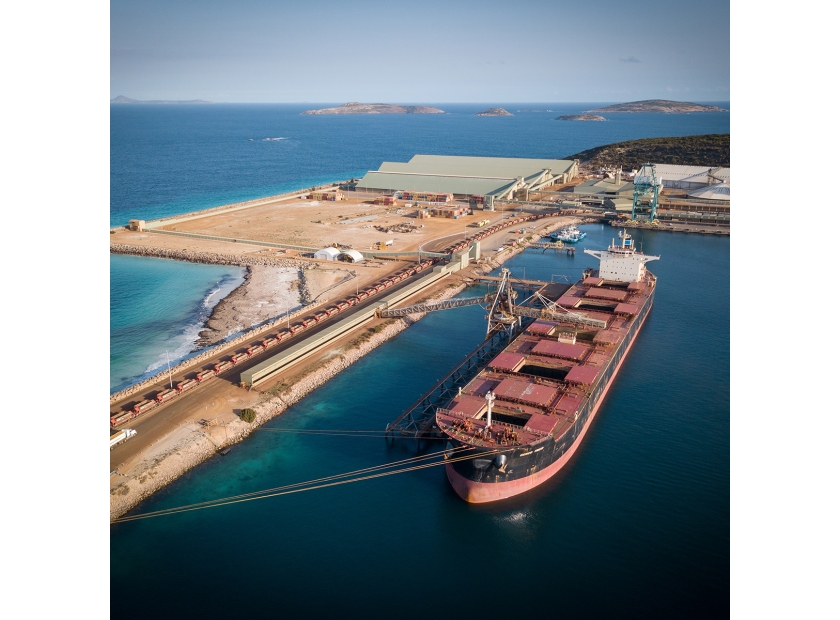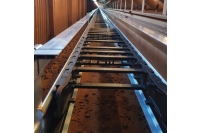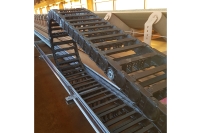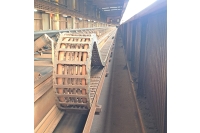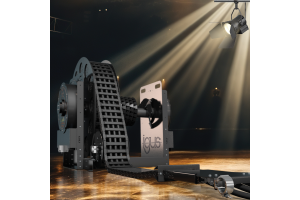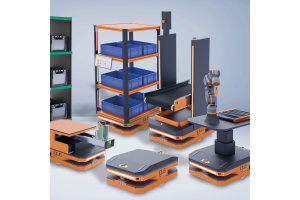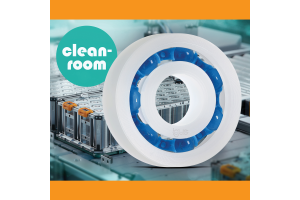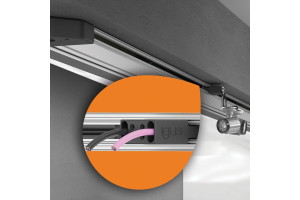Sharing the load in Esperance
Sharing the load in Esperance
Treotham worked with Southern Ports to deliver boosted efficiency to its Esperance ship loader.
Western Australia’s Port of Esperance is a busy place, with more than 13 million tonnes of trade passing through the port last year.
Esperance is a well-traversed path for Australia’s miners, with iron ore and spodumene joining nickel as the port’s major exports.
When dealing with this kind of tonnage, even the slightest inefficiencies can have an impact on trade. That’s why the Port of Esperance’s custodian, Southern Ports, looks for solutions it can count on to reduce inefficiencies.
Treotham national sales manager John Sharp was brought in by Southern Ports to design a solution that would keep the port running smoothly while offering cost savings and boosting worker safety
“I had been to the site a few times and saw the opportunities to improve the system that supplied power to the ship loader,” Sharp told Australian Mining.
“Treotham’s priority is to develop solutions that work, so we put together a new custom-designed system that would get the loader running more efficiently.”
The system, called a belt tripper, was incorporated onto a conveyor in order to “trip” the material off at specified locations between the terminal pulleys. The material is then discharged onto another conveyor that loads the Port of Esperance’s ship loader.
A belt tripper can be in a fixed position or travel continuously at a constant speed for layered stacking.
In the port’s case, as the ship loader was moving, it was causing the energy chain to rise and fall out of the trough, move from where it should be, which would disrupt the ship loading operation requiring it to be stopped until the energy chain was put back in its trough.
Treotham supplied Southern Ports with a marine-grade aluminium guide trough, energy chain and cable management system with antirise protection used to power the loader.
Sharp said the biggest challenge was determining where the energy chain should go.
“We ultimately decided to put it in the gallery, meaning we could simply put brackets on the existing conveyor structure, making installation quicker and more efficient than alternative locations,” he said.
Treotham turned to long-time partner igus for a 105m energy chain that was used to get the power needed for the system.
When igus first began developing its energy chain solutions, it saw great potential in an area that it felt had been somewhat overlooked.
Working from its extensive testing facilities in Germany, igus uses different construction methods within the cable materials to find those that work best. Its portfolio now contains tens of thousands of chains divided up into family groups, with the E4 family known as the most ‘heavy duty’ solution.
A key feature of these chains is their flexibility.
“For the Port of Esperance’s solution we used water hoses, fibre optics and high-voltage igus Chainflex cables,” Sharp said. “If you think about the market for high-voltage cables, they’re around on every street corner at a transformer, but they’re not flexible, therefore for static installation.
“Then when you look at high-voltage cables for continuous motion, not many companies actually produce this; it’s quite a feat of engineering to build such a high-voltage cable designed to continually bend.”
Sharp said using the igus energy chains for the Esperance project led to something of an eye-opening development.
“When the chains are moulded, tools can wear out over time,” he said. “That means it’s possible to build a chain that’s no longer straight because of the different lengths of each side part.
“What igus did with the E4 was make left and right sides interchangeable, so there’s just one tool.
“This streamlines the stock holding, and also makes for a better-quality product.”
igus energy chains are designed to withstand extreme push and pull forces, a critical element in bulk material handling.
Such is the reliance on the energy chain’s durability that most systems integrating them don’t shut down until a ‘catastrophic’ failure. When a failure does reach a catastrophic level, the downtime caused by damage to the chain or the system can be excessive.
That’s why Treotham’s Esperance solution included a ‘push–pull detection system’ (PPDS) that triggers a signal to operators when forces on the chain are becoming too great.
“The PPDS is a mounted sensor that measures force continually,” Sharp said. “It can be configured to meet the needs of the operator when excessive force is detected, whether that be a warning or an automatic controlled stop.”
The system’s safety features were put to the test when a ladder was left against the new system.
“The ladder hit the chain, which proceeded to stop completely rather than continue and risk causing a catastrophic failure,” Sharp said. “The customer was extremely pleased to not have the damage and downtime that would have ensued.”
Treotham’s expertise allowed Southern Ports to explore a unique solution to the issues it was facing with its ship loader.
The end result delivered not only improvements to the tripper but also reduced installation costs in a collaboration between Treotham personnel and Southern Ports’ own in-house technicians.
“It was a huge benefit to be on the ground, implementing the Esperance solution in-person,” Sharp said. “With a team of two fitters and two electricians from Southern Ports, we fitted the system in five days. I’ve seen similar projects that were sub-contracted out and snowballed into taking more than 12 months.
“It’s always fun working with a customer that can operate in-house for these kinds of solutions and bring in our team to create a group of like-minded experts to get the job done.”

